Home > Climate News >

Combating climate change: Solar energy, farming, and the future in New York
American Farmland Trust (An Example of Taking Action)
November 13, 2019
Hotel Indigo, Riverhead, NY
Join farmers, solar experts, public officials, and others to discuss ways to expand renewable energy generation, support farm businesses, and drive action in response to climate change.
Cost: $15 (payable by credit/debit card or eCheck)
Ticket price includes breakfast and lunch. Land use training credits will be offered to local officials. For any questions about the event or registration please contact newyork@farmland.org.

Becoming part of the community
“Eastern Sierra Land Trust staff supported their local High School students in the Climate Strike—the future is in great hands! #climatestrike #BUHS #itsnowornever”
Your local land trust can join with others to elevate climate awareness and action. That’s part of community conservation and helping people see their roles in conservation.

Coming together to save what we love
Save Mount Diablo shares…”The Mount Diablo area youth speak out. Save Mount Diablo and our partner schools recently came together at our conserved Curry Canyon Ranch to support the Global Climate Strike.
John Muir wrote about one love as he keenly observed the interconnectedness of everything and felt love and awe for this one great natural world of which we are a part.
In this climate change crisis we face, John Muir would almost certainly counsel us that an attitude of ‘One Love’ is required…”
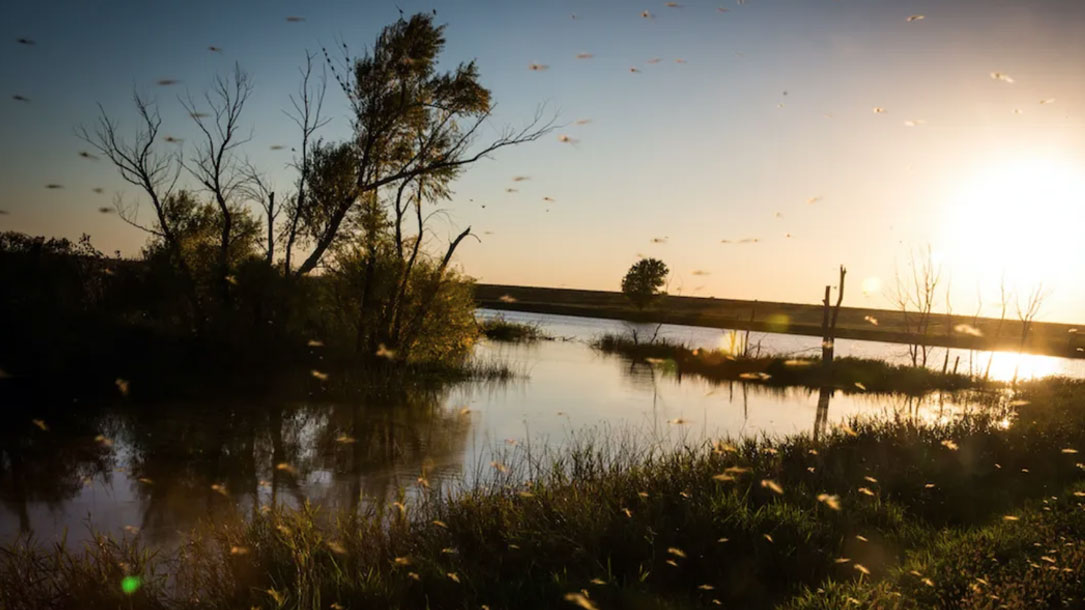
Federal Judge: Pipelines Must Not Cross Streams Without Considering Endangered Species
“A federal judge upheld his April 15 ruling Monday, tossing a key permit required by the Keystone XL and other pipeline projects to cross streams and wetlands.
Montana U.S. District Judge Brian Morris affirmed that the U.S. Army Corps of Engineers cannot use a blanket water-crossing permit to approve new oil and gas pipelines without considering their impacts on endangered species.
“The court rightly ruled that the Trump administration can’t continue to ignore the catastrophic effects of fossil fuel pipelines like Keystone XL,” Center for Biological Diversity (CBD) senior attorney Jared Margolis said in a press release…”
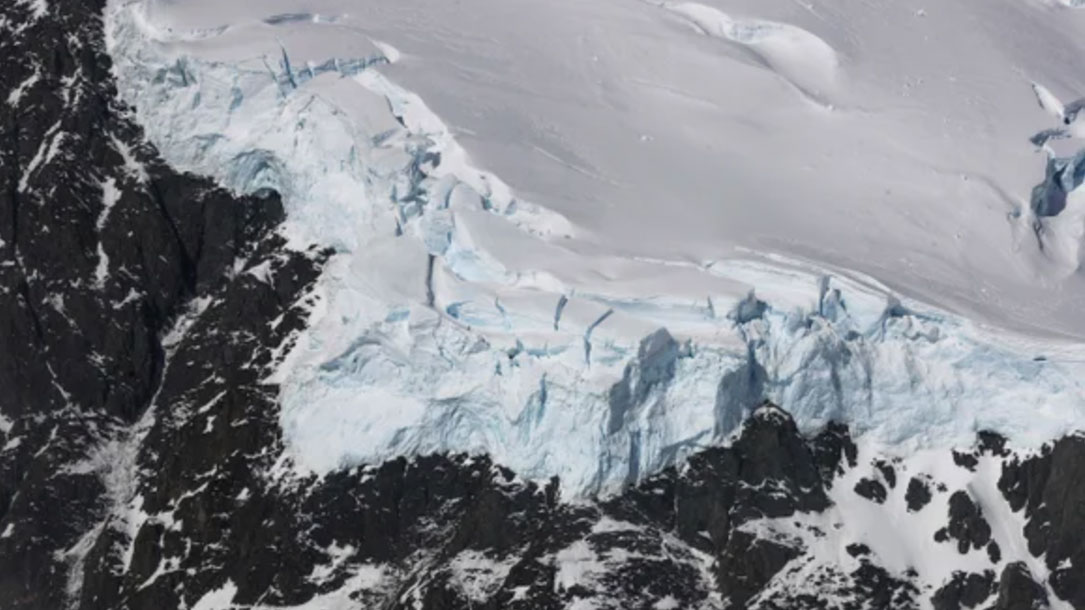
Scientists Have Been Underestimating the Pace of Climate Change
A book entitled Discerning Experts explains why—and what can be done about it.
Recently, the U.K. Met Office announced a revision to the Hadley Center historical analysis of sea surface temperatures (SST), suggesting that the oceans have warmed about 0.1 degree Celsius more than previously thought. The need for revision arises from the long-recognized problem that in the past sea surface temperatures were measured using a variety of error-prone methods such as using open buckets, lamb’s wool–wrapped thermometers, and canvas bags. It was not until the 1990s that oceanographers developed a network of consistent and reliable measurement buoys.
Then, to develop a consistent picture of long-term trends, techniques had to be developed to compensate for the errors in the older measurements and reconcile them with the newer ones. The Hadley Centre has led this effort, and the new data set—dubbed HadSST4—is a welcome advance in our understanding of global climate change…

Are These Birds Better Than Computers at Predicting Hurricane Seasons?
“It was with some trepidation that, a little over a year ago, Christopher Heckscher tweeted a prediction: The 2018 Atlantic Ocean hurricane season would be stronger than average, with an accumulated cyclone energy—or ACE, a measure of the season’s intensity—somewhere between 70 and 150. His unease was understandable. Heckscher was publicly pitting his napkin-math projection against forecasts generated by state-of-the-art computer models churning through decades of meteorological data. And Heckscher isn’t even a meteorologist—he’s an ornithologist. The source of his data? A bunch of birds in Delaware.
Five months later, hurricane season was over and the results were in…”

Scientists Fear Trump Will Dismiss Blunt Climate Report
“WASHINGTON — The average temperature in the United States has risen rapidly and drastically since 1980, and recent decades have been the warmest of the past 1,500 years, according to a sweeping federal climate change report awaiting approval by the Trump administration.
The draft report by scientists from 13 federal agencies concludes that Americans are feeling the effects of climate change right now. It directly contradicts claims by President Trump and members of his cabinet who say that the human contribution to climate change is uncertain, and that the ability to predict the effects is limited…”
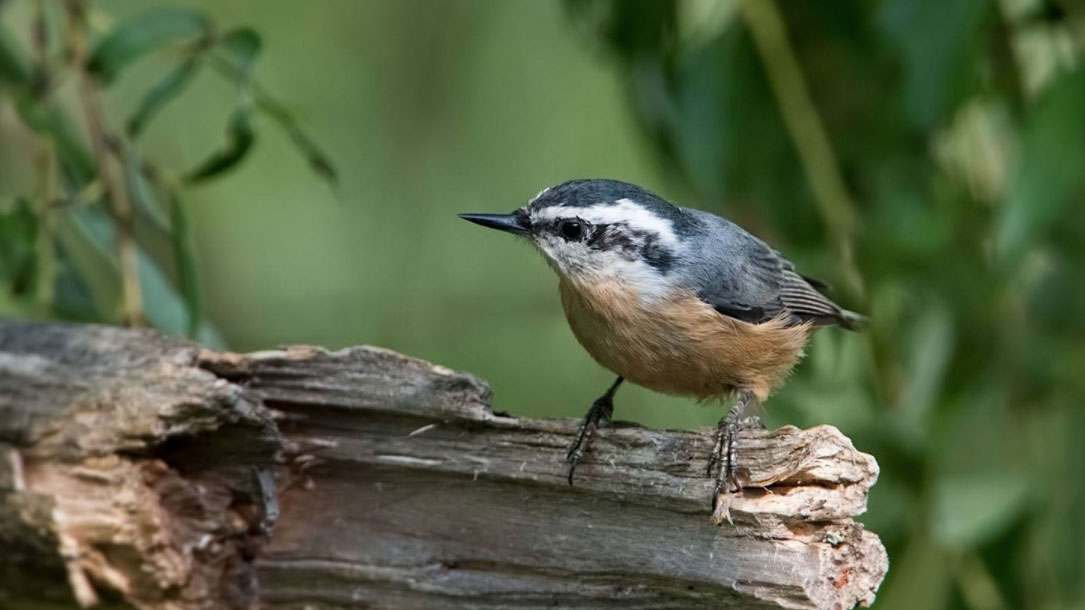
Why is climate change’s 2°C limit of warming so important?
If you read or listen to almost any article about climate change, it’s likely to refer in some way to the “2°C limit.” The story might also mention the greatly increased risks if the climate exceeds 2°C and the catastrophic impacts to our world if we warm more than that…
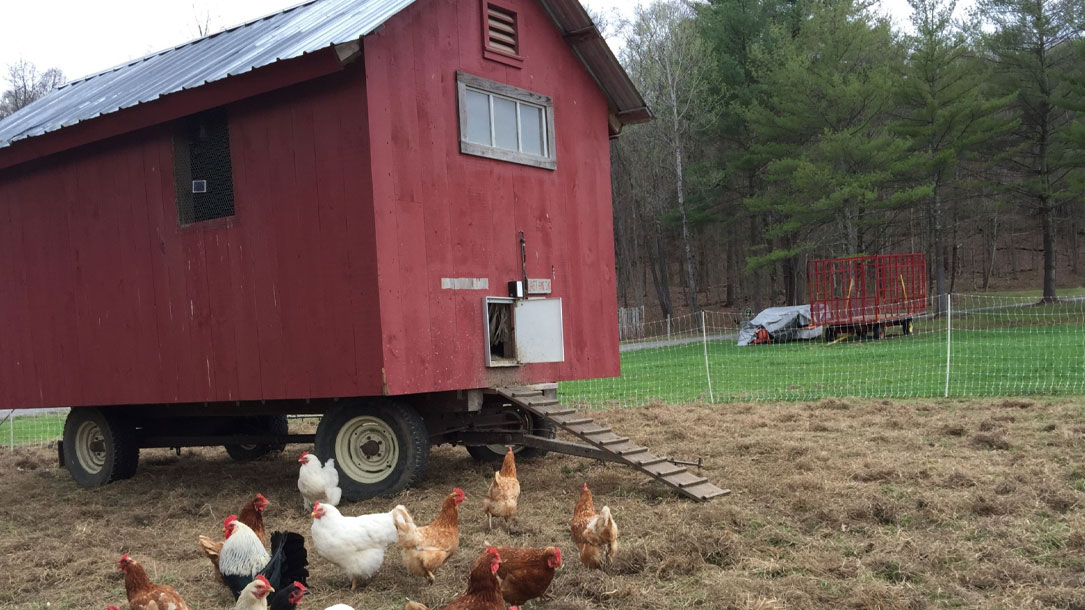
Solar energy, farming, and the future in New York
American Farmland Trust (AFT) continues to expand its partnerships, collaborative training, and thinking and is working to serve communities and farmers and ranchers around climate change.
Here’s an example of an upcoming workshop they are hosting. Perhaps your land trust could host a similar workshop or partner with an organization like AFT…
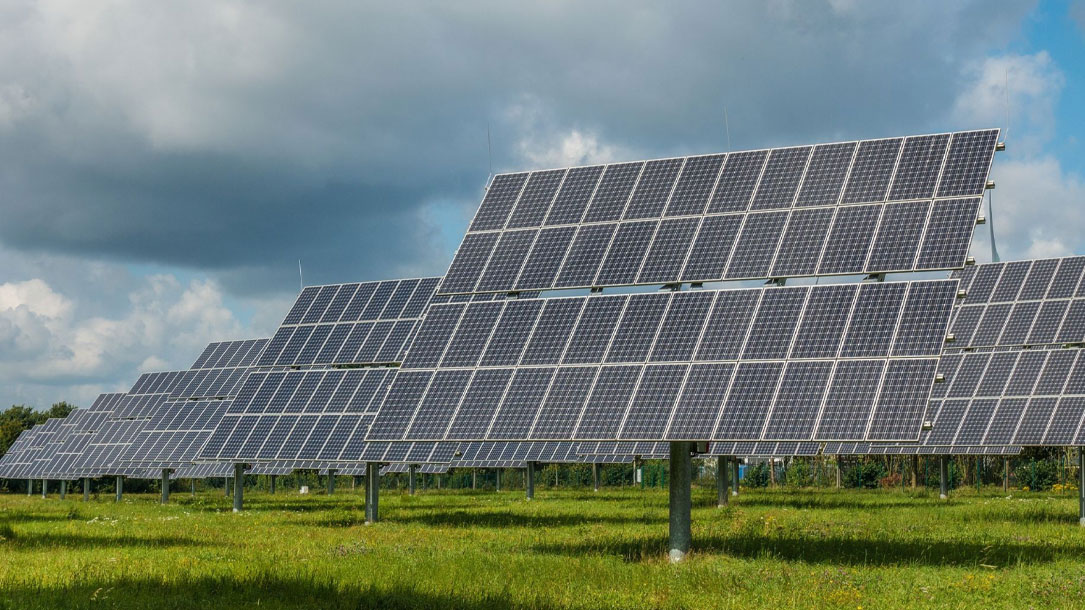
Sheep get to work maintaining Newfield solar array
As solar panels in the 30-acre array off of Millard Hill Road in Newfield soaked up Tuesday morning’s sunshine, a new kind of maintenance crew was headed out to work: a flock of about 45 sheep. Though timid about getting out of their trailer and exploring the new surroundings at first (it was their first time leaving their home farm in Enfield), the lambs quickly got to work munching down on the tall grass, clovers, forbs, and other greenery sprouting up between the panels.
The solar panels in Newfield were Nexamp’s [a solar energy team’s] first community solar project in New York and officially went online last year…












